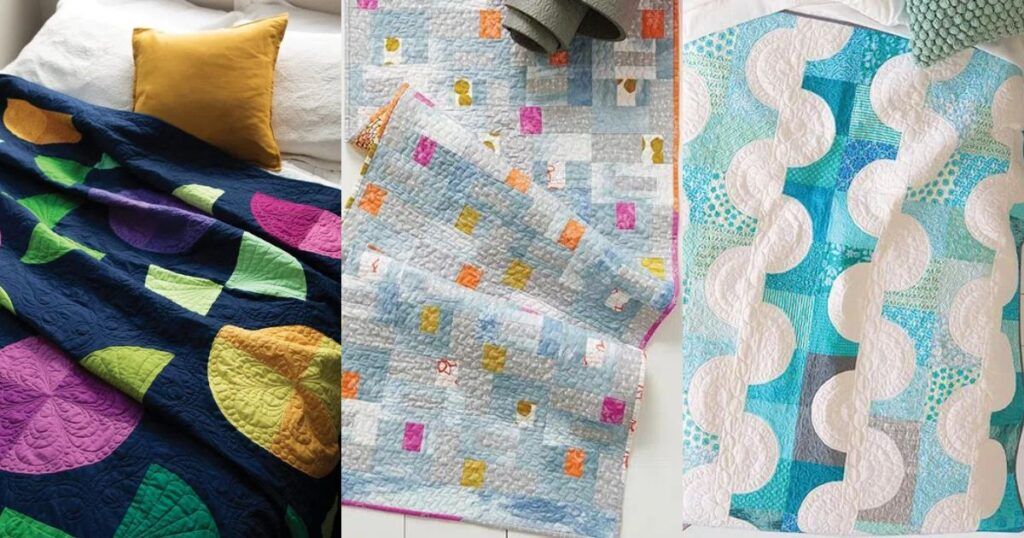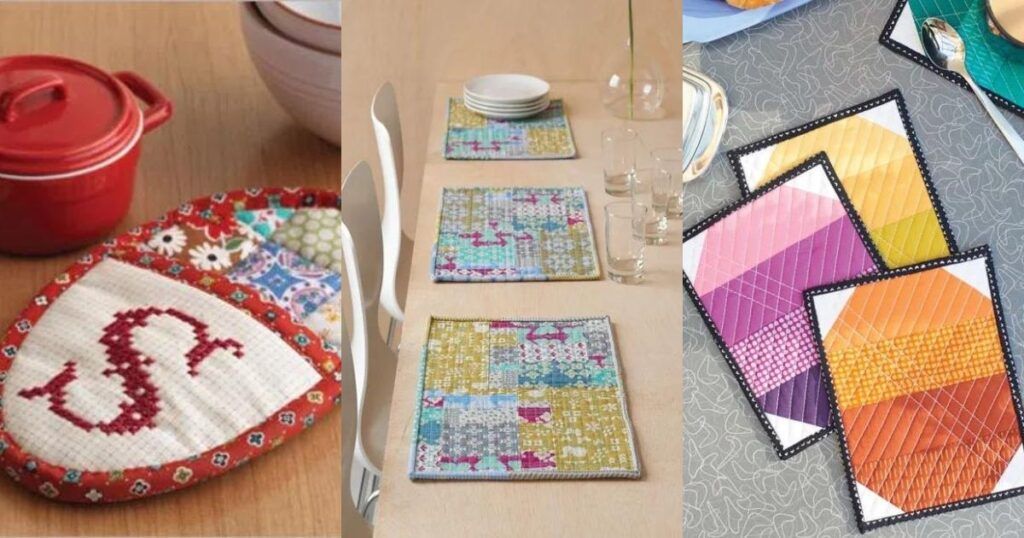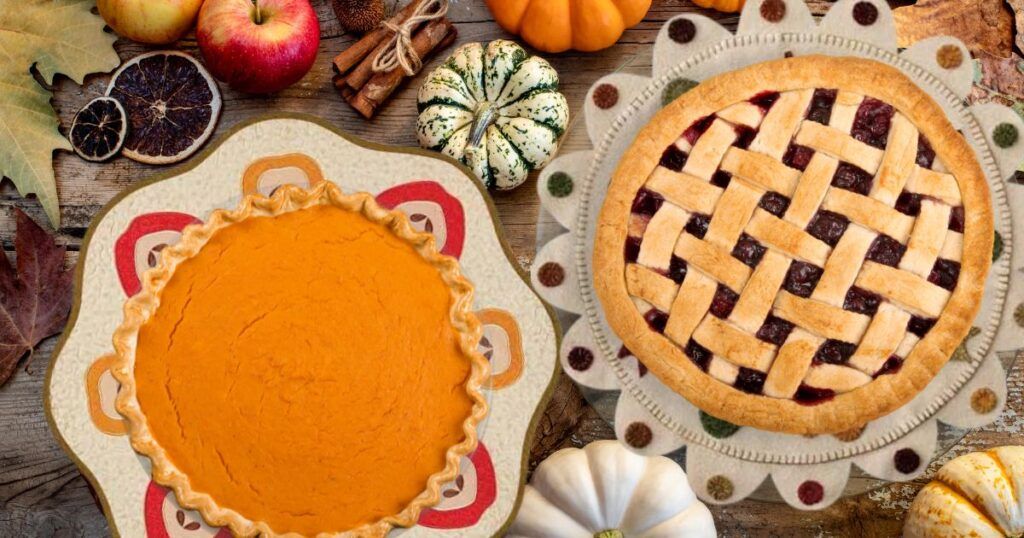Modern Quilt Perspectives: What’s it All About? – Quilting Daily

A Note from Vivika: Please allow me to introduce–or re-introduce–you to modern quilt artist Thomas Knauer. A self-described “math geek,” Thomas began combining math, aesthetics, and concepts at an early age (his high school had a weaving studio!). He taught design Drake University and the State University of New York before leaving academia due to health concerns. He began sewing in 2010 when his daughter was born, falling instantly in love with the world of fabric and quilts. Now he has a new book out, Modern Quilt Perspectives, with 12 quilt patterns. Today, he’s our guest blogger, and we’re thrilled to be part his blog tour.
The word modern is complicated, one that I was particularly wary of using in the title of my book. Yes, it has become shorthand for a certain broad approach to quilting, or more often than not for the new generation of quilters. But I keep struggling with the word, with what it has meant historically, what it is perceived to mean now, and the ways in which those meanings don’t necessarily match up.
When I read the title of my book–Modern Quilt Perspectives–I don’t really know what to expect inside, but I would guess that it would have a bunch of bold, relatively simple patterns that would look great in the newest collections. Heck, I love those quilts; it is a design style that I must admit appeals to me. But that is not what modern means to me; for me the term is forever tied to the origins of the Modern Art movement, the upheaval in art that took place in the late 19th and early 20th century. It is in understanding the Impressionists, Cezanne, and the Cubsits that the word modern makes sense to me, and thus makes sense of how I use it in the context of quilting.

Okay, so I may be getting a bit esoteric, but I can’t help it; I spent the vast majority of my life in academia as either a student or a professor. It was far more than a job; it was an essential part of me. And until I developed a chronic illness that meant I had to leave that world, I thought it was what I would do for the rest of my life. I am not a silver-linings kind of person – I will never consider illness a blessing in disguise – but it is true that I would not have come to quilting otherwise, and I am certainly glad that I have. This truly feels like a new, and wonderful home, but you can’t take the academic out of me, or my quilts. But I digress…
The Impressionists didn’t just decide to stop blending their colors together on a whim, or for arbitrary aesthetic reasons. One of the contributing factors was the emerging optical science of the time that was demonstrating that the eye does not actually perceive color as blended; it captures discrete bits of color that the brain then blends together to form a coherent reality. Their innovations were not just beautiful; they were creating a modern representation of the how we see the world.
Cezanne’s reduction of forms to planar solids was not born of an aesthetic drive toward simplicity, toward a type of minimalism; it spoke to the essence of things, of getting beyond the surface affect of the material allowing us to see the substance of things. Rather than getting caught up in superficial details, Cezanne explored the immutable presence of things, an approach that ran a parallel course to some of the most prominent modern philosophers in Europe at the time.
And it is hard to not see the parallels between Cubism and the revolution going on the world of physics at the time with Einstein’s Theory of Special Relativity; both explore the intertwining of space and time. Cubism is not simply a fragmentation of form; it portrays things from multiple perspectives at once. The Cubist investigations are not simply aesthetic; they are a manifestation of their time, of an emerging modern worldview.

All this illustrates how I use the word modern, and why I do think the term is relevant with regard to quilting. While modern often seems to refer to a certain style, one drawing heavily from the modern minimalism of the 1950s and 1960s, there is so much more substance to the term. For me, and in Modern Quilt Perspectives, modern denotes a way of thinking about quilting, a desire to find a quilting lexicon that is specifically relevant to, and inspired by, this moment in time.
My Cinderblocks quilt speaks to the log cabin tradition, but updates the building material to one that underpins almost all of our homes. Mitosis is part of the vocabulary of baby quilts, but is inspired by the fact that my wife and I used a donor in conceiving our second child. It illustrates the transformation of the first two squares of color, those first two cells, into beautiful panoply of color. The world has changed radically since so many of the iconic quilt blocks were designed; the inspiration for those blocks is often no longer part of our experiences. In Modern Quilt Perspectives I hope to take part in a conversation about what we make our quilts about, not just what they look like.
There are endless new reasons to make quilts, myriad new and emerging inspirations, and it is in those quilts that I see modern quilting, not simply in a few stylistic preferences. And in all of that, modern isn’t really something new; it just speaks to a new time: this time.
Modern Quilt Perspectives is now available in the Quilting Daily Shop.
-
Modern Quilt Perspectives
Join quilt and fabric designer, Thomas Knauer, as he teaches you twelve different patterns to …







Join the Conversation!